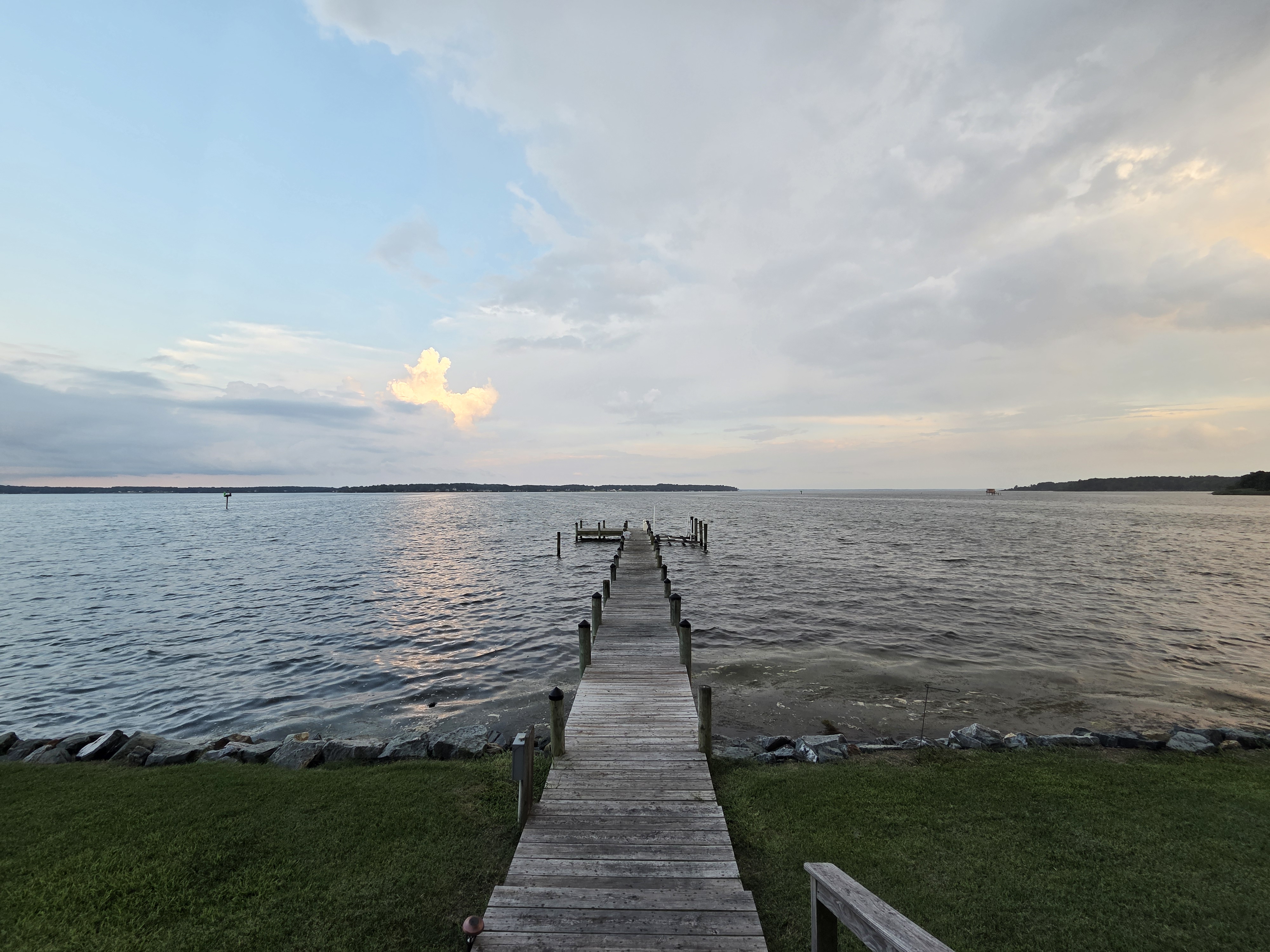Why you can trust Android Central
Our expert reviewers spend hours testing and comparing products and services so you can choose the best for you. Find out more about how we test.
If we reflect on the past, Samsung’s just as synonymous with Android as Google. It’s been a pioneer in the space for years, but the company has also seemingly figured out the formula to keeping its customer base happy and coming back. But with the Galaxy Z Fold 7, this might be the first time in years that Samsung has figured out a way to entice even more people.
Since the Galaxy Z Fold 4, I’ve hoped Samsung would continue leading the charge for book-style foldables. Instead, we’ve seen the likes of Vivo, Honor, OPPO/OnePlus, and others show off what’s really possible, while Samsung moved further and further down the bench.
That all changed when the Galaxy Z Fold Special Edition launched late in 2024, arriving just a couple of months after the Fold 6. At the time, I posited that this was “what the Galaxy Z Fold 6 should’ve been,” but opted against for whatever reason. As it turns out, that was just a teaser for what was to come, but now that the main course has been served, is the Galaxy Z Fold 7 the flagship foldable we’ve been wanting?
Samsung Galaxy Z Fold 7: Specs and Pricing
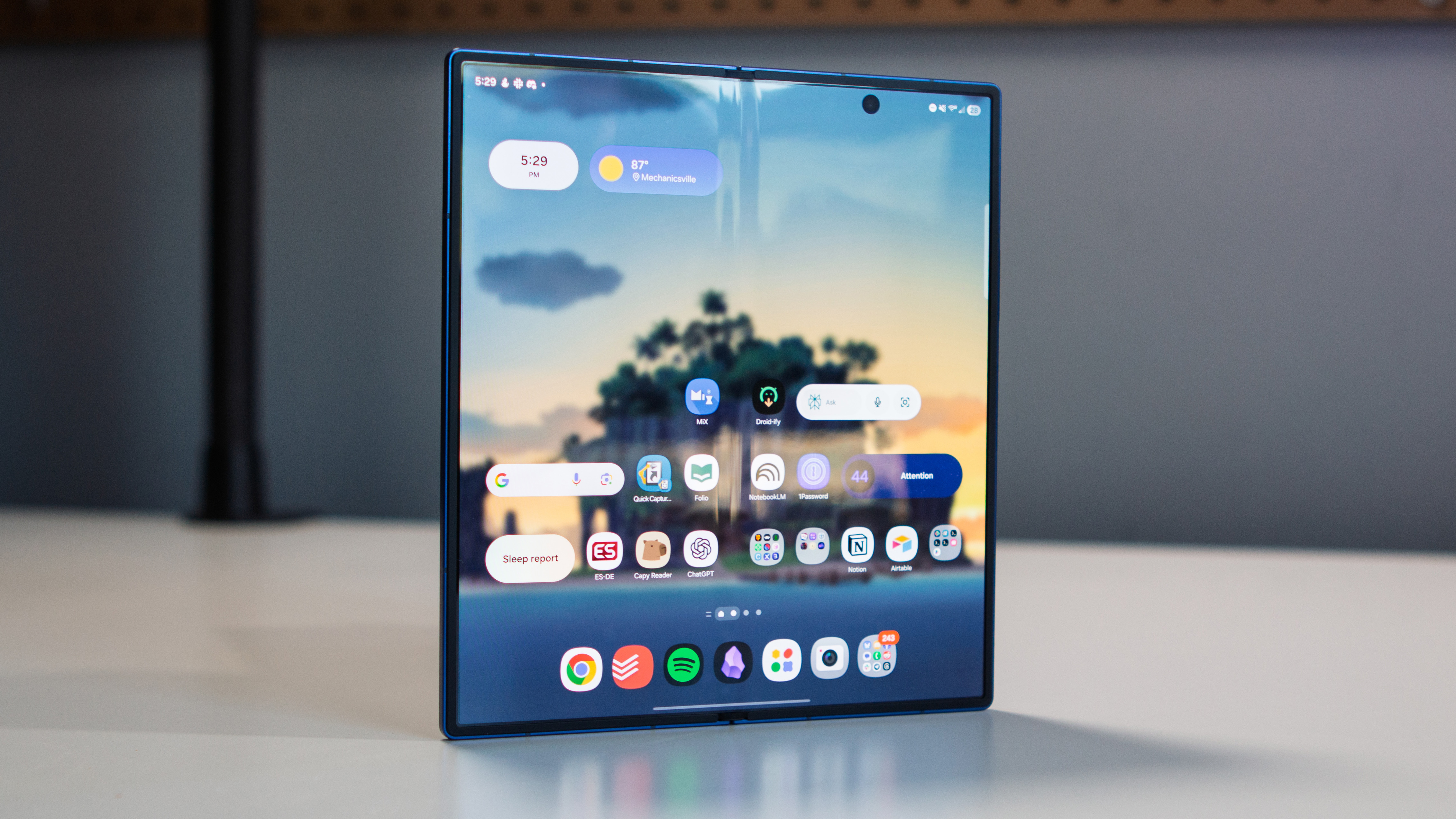
The Galaxy Z Fold 7 was announced on July 9 during the mid-2025 Galaxy Unpacked event. It was joined with announcements of the Galaxy Z Flip 7, Z Flip FE, Galaxy Watch 8, and Galaxy Watch Ultra (2025).
There are three RAM/storage configurations available alongside four different color options. Retail pricing for the base model comes in at $1999 with 12GB of RAM and 256GB. The 12GB/512GB model costs $2,119, and the 16GB/1TB variant retails for $2,419.
Samsung released the Galaxy Z Fold 7 on July 25, 2025.
|
Category |
Samsung Galaxy Z Fold 7 |
|---|---|
|
Cover Display |
6.5-inch, 2520 x 1080, 120Hz Dynamic LTPO AMOLED 2X |
|
Main Display |
8.0-inch, 2184 x 1968, 120Hz Dynamic LTPO AMOLED 2X |
|
Processor |
Qualcomm Snapdragon 8 Elite for Galaxy |
|
RAM |
12GB/16GB |
|
Storage |
256GB/512GB/1TB UFS 4.0 |
|
Rear Camera 1 |
200MP, Wide-angle, f/1.7, PDAF, OIS |
|
Rear Camera 2 |
10MP, Telephoto, f/2.4, PSAF, OIS, 3x Optical Zoom |
|
Rear Camera 3 |
12MP, Ultrawide, f/2.2, PDAF, 120-degree Field of View |
|
Front Camera (Cover) |
10MP, f2.2, 18mm |
|
Front Camera (Main) |
10MP, f/2.2, 24mm |
|
Ingress Protection |
IP48 water and dust resistance |
|
Connectivity |
Wi-Fi 7, Bluetooth 5.4, NFC, UWB |
|
Security |
Side-mounted fingerprint scanner |
|
Audio |
USB-C, 32-bit/384kHz, Stereo Sound, Tuned by AKG |
|
Battery |
4,400mAh, 25W wired charging, 15W wireless, 4.5W reverse wireless, Qi2.1 |
|
Dimensions (unfolded) |
158.4 x 143.2 x 4.2mm |
|
Dimensions (folded) |
158.4 x 72.8 x 8.9mm |
|
Weight |
215 grams |
|
Colors |
Blue Shadow, Silver Shadow, Jetblack, Mint |
Samsung Galaxy Z Fold 7: Design
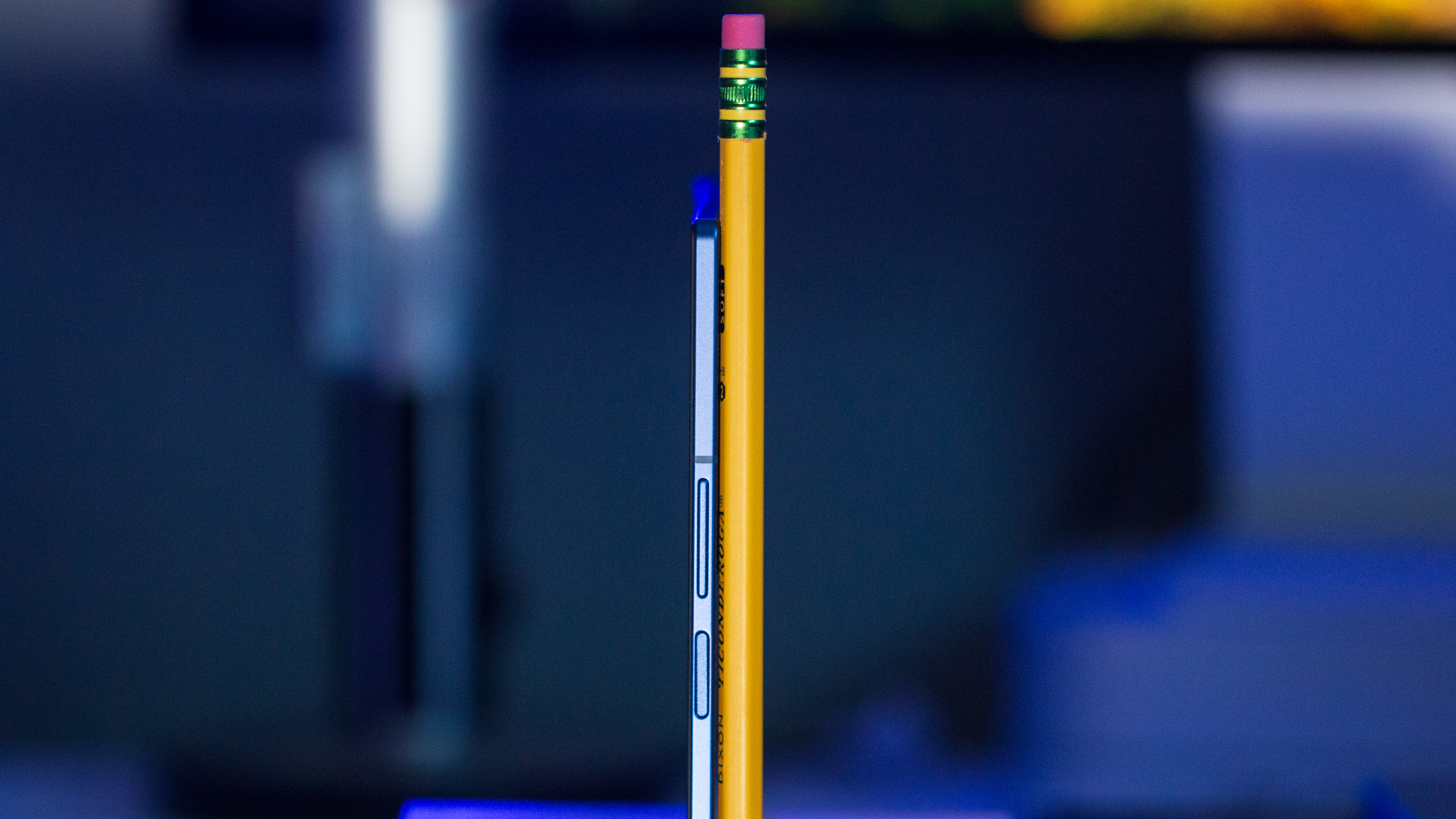
- Samsung introduced a revolutionary design, but it’s actually from last year.
- The Shadow Blue color is so nice, I don’t even want to use a case.
Seeing that I had a feeling that the Galaxy Z Fold Special Edition would eventually become the Galaxy Z Fold 7, I didn’t think I would be surprised by the redesign. I was definitely wrong about that, as it’s simply incredible having a phone this thin in my pocket. It’s really one of those “you have to see it to believe it” feelings.
The best comparison I can make is that this is a similar feeling to the one I had with the Pixel 9 Pro Fold. It’s almost like this isn’t even a Samsung device, especially considering how much of a drastic difference there is compared to last year’s model.
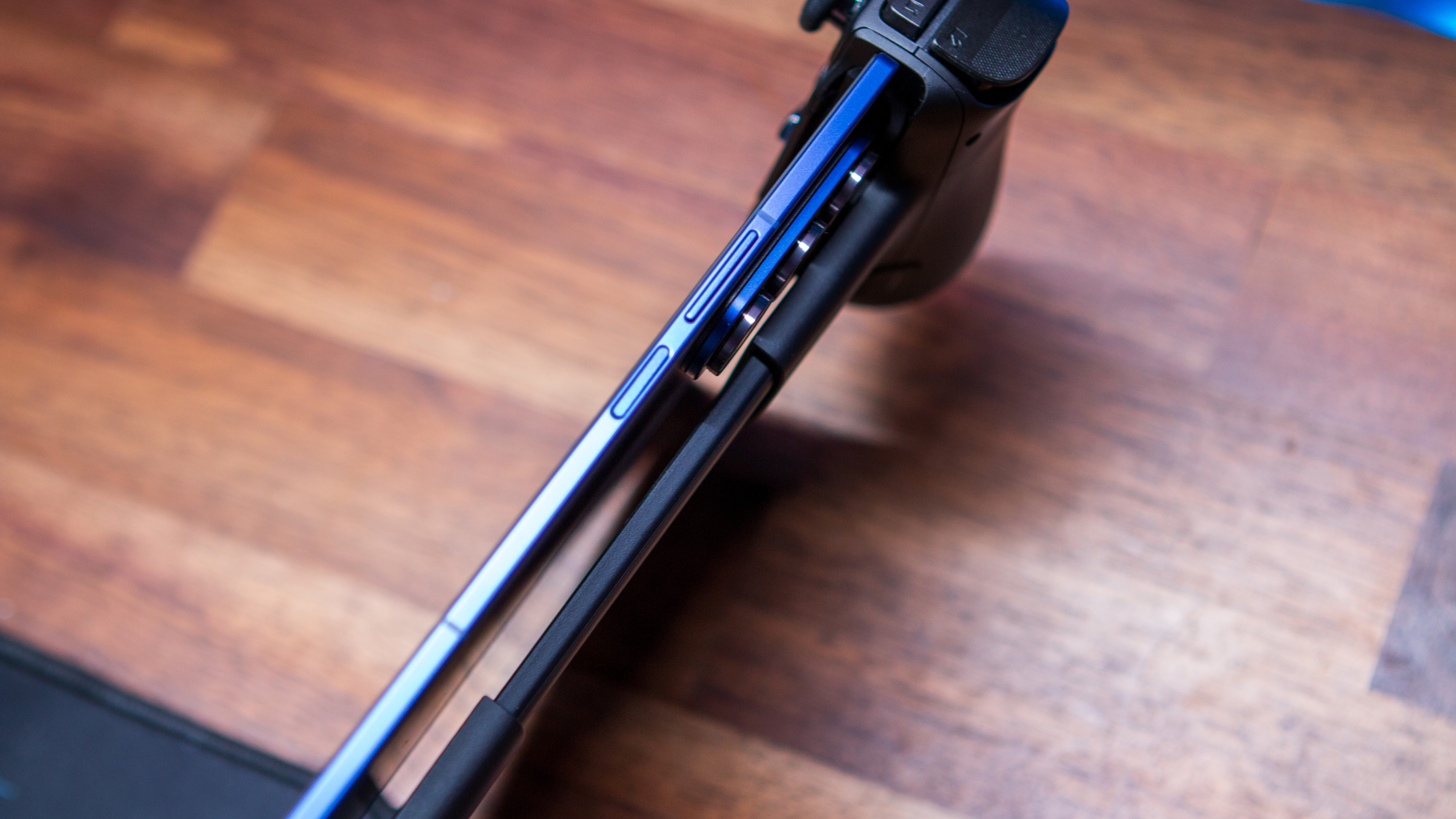
That said, there are a couple of annoyances that keep picking at me. The first of which is the fingerprint scanner mounted on the outer frame. To me, it just doesn’t feel as tactile or prominent as previous Fold models, even with the button itself protruding, as opposed to being inset with a bit of a moat around it.
As such, I end up fumbling around more just trying to make sure my finger is in the right place. Thankfully, when the stars align, I’ve yet to actually have any issues with the scanner’s functionality.
My other issue is that along with the other sacrifices made for the sake of the Galaxy Z Fold 7 being as thin as possible, Samsung almost made it impossible to actually use the inner screen. Okay, it’s not that bad, but just in the couple of weeks of using the phone, there have been a few close calls where I was trying to open the phone, only to have it almost slip out of my hands. It was an issue that’s only been slightly improved with the use of a case, but not by much.
Samsung Galaxy Z Fold 7: Displays
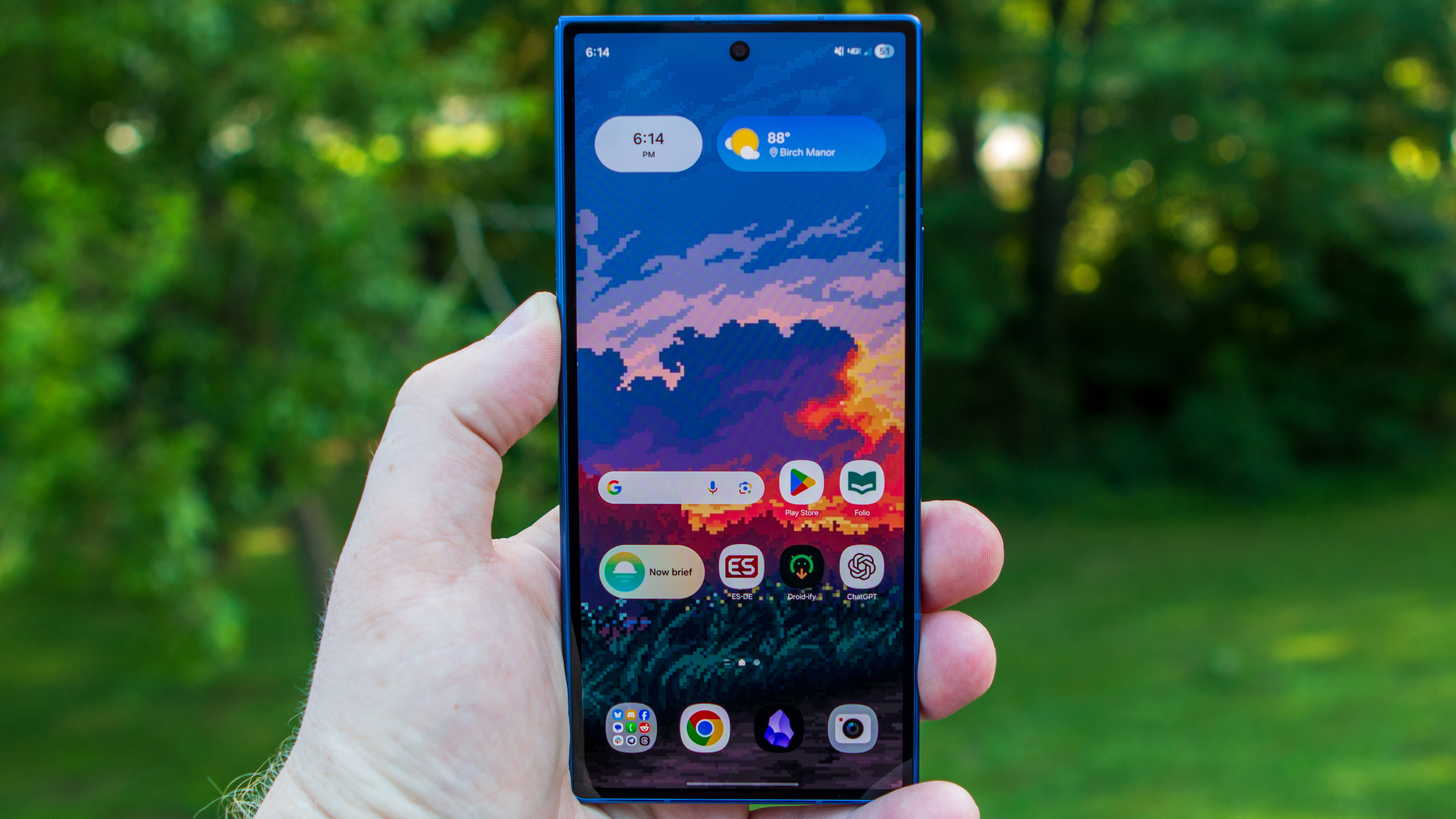
- Samsung still makes some of the most beautiful screens I’ve ever used.
- Using the Galaxy Z Fold 7 finally feels like a regular phone that unfolds into a tablet.
- There are some (including myself) that will be disappointed to see the S Pen removed.
Obviously, in order to get down to 8.9mm, concessions had to be made, so Samsung said au revoir to the S Pen-supporting digitizer. During my hands-on session, Samsung explained that not very many people bothered using the S Pen, and I can’t help but feel like that was self-inflicted.
I don’t know if it would have changed anything, but I wonder what would have happened if Samsung started including an S Pen in the box. This is one of the best things about getting a new Galaxy Tab, and those cost substantially less than the Galaxy Z Fold.
But shedding a few grams wasn’t the only major change to the Galaxy Z Fold 7, as both displays are now larger than ever. Instead of feeling like you’re holding a hefty metal remote, the Fold 7 feels like an actual smartphone again.
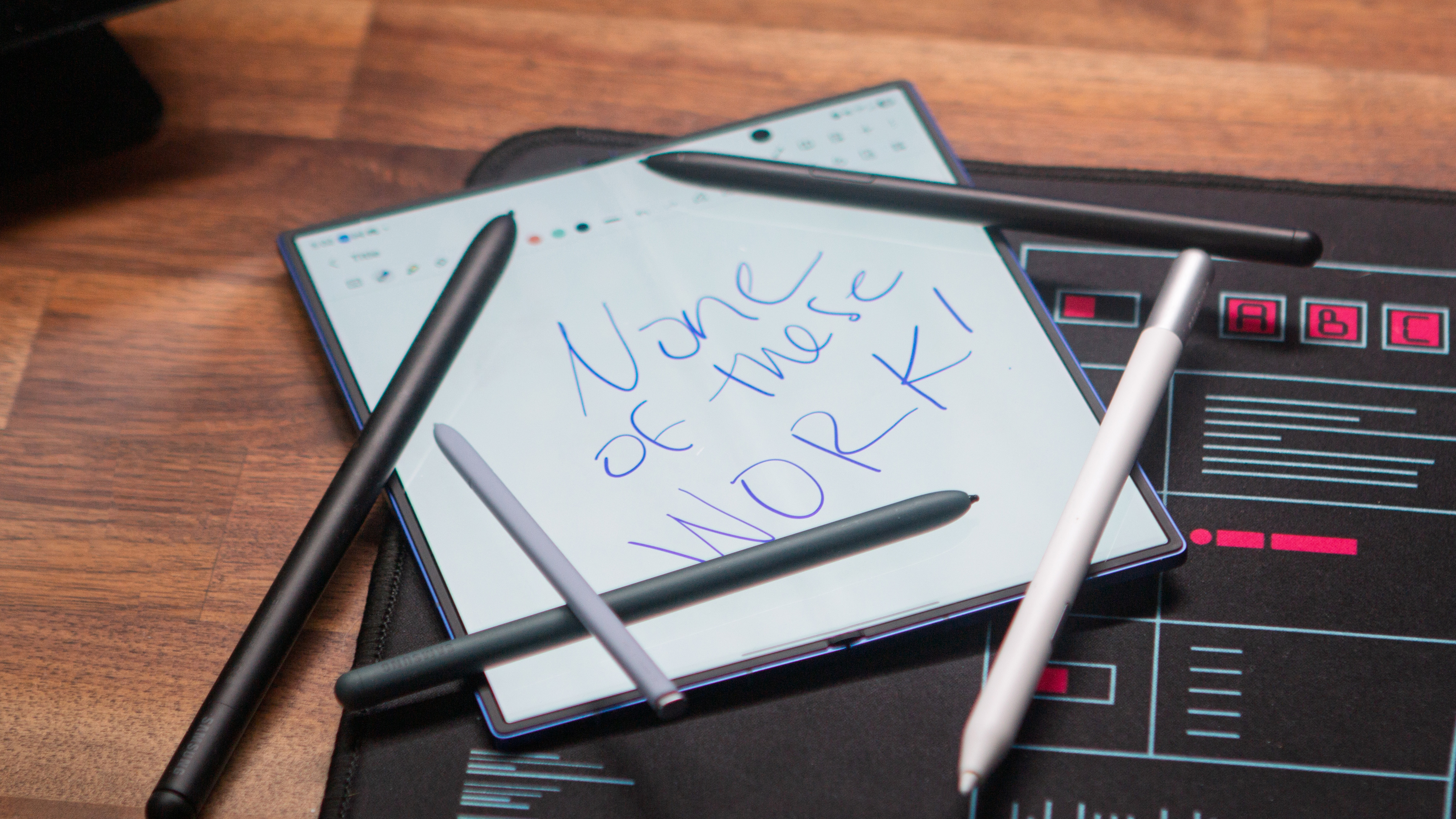
Between that and being worried about dropping the phone while opening it, I’ve fallen into the trap of using the Cover Screen most of the time. What’s weird is that I almost feel like I’m not supposed to use the main screen, whereas the Galaxy Z Fold 6 pushed me to do so.
Besides all of that, the actual experience is pretty much exactly what I wanted from a revamped Galaxy Z Fold, or any modern foldable phone for that matter. At the same time, I have to admit that I am definitely missing having the option to use an S Pen. No, I wasn’t a die-hard S Pen believer, but when you have sausages for fingers, an S Pen would come in handy when trying to edit pictures or just using the phone without the rest of my paw getting in the way.
Samsung Galaxy Z Fold 7: Performance
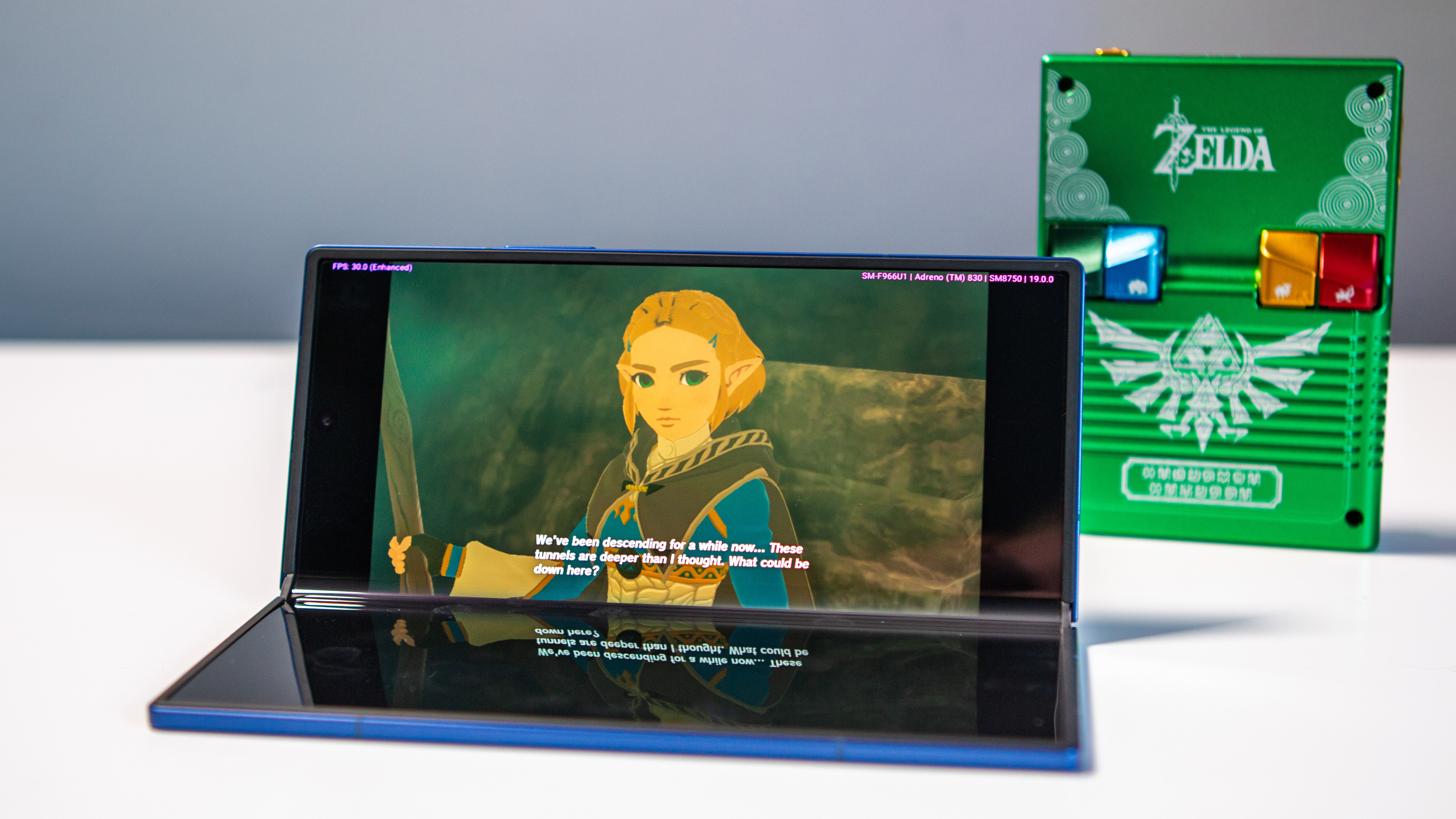
- The Snapdragon 8 Elite for Galaxy is a monster, handling practically anything you throw at it.
- Sadly, you can only get 16GB of RAM if you shell out the sheckles for the 1TB of storage.
The nice thing about Samsung’s mid-summer releases is that we rarely have to worry about many surprises. Well, that was the case until the Galaxy Z Flip 7 and Flip FE, but with the Fold 7, we have the same Snapdragon 8 Elite for Galaxy at the helm.
This isn’t the first foldable phone to feature Qualcomm’s “Elite” chip, but I wouldn’t be surprised if its the last for this generation. That being said, performance has been pretty darn good for everything from day-to-day interactions to gaming sessions and emulation.
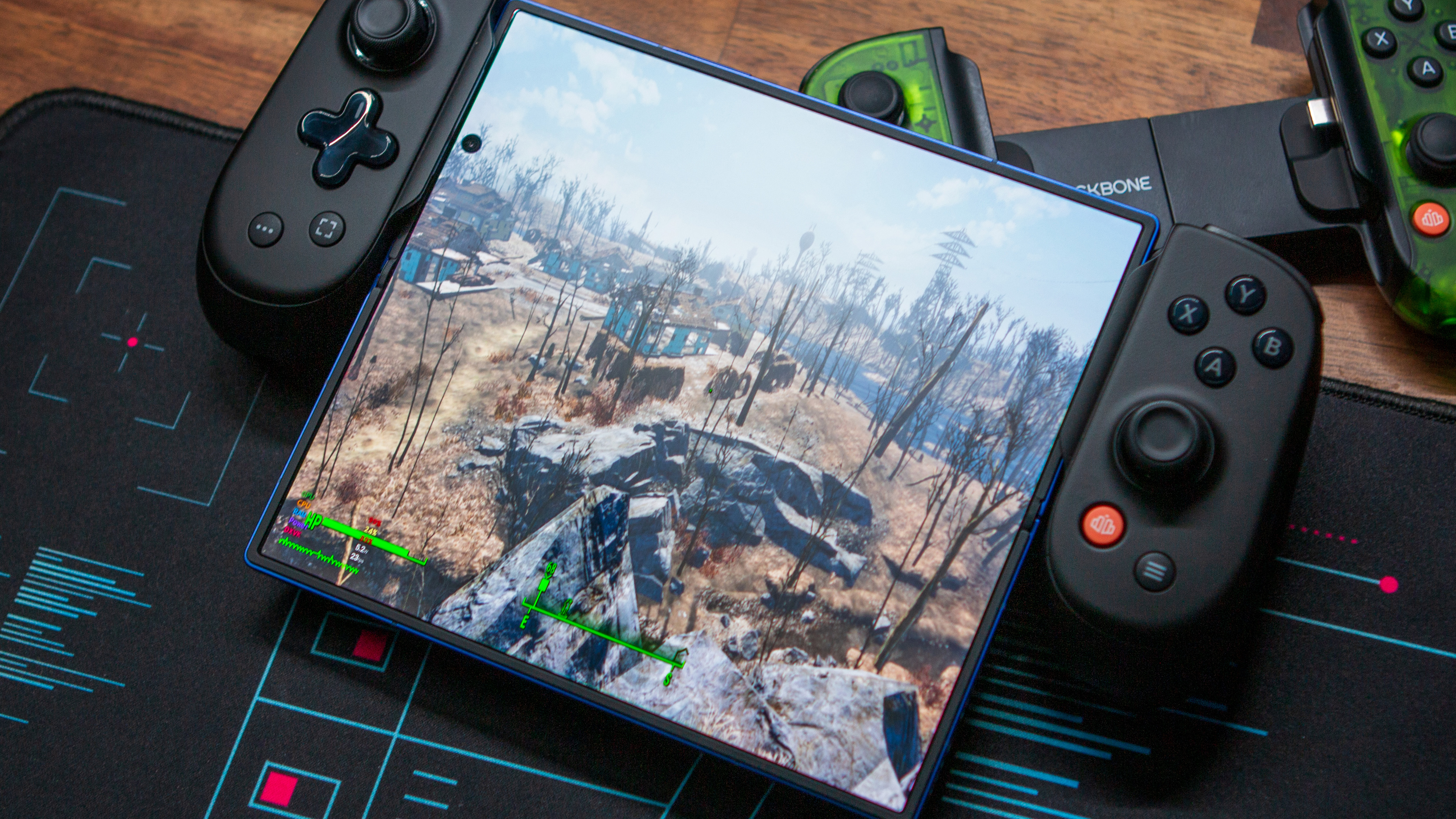
I’m not going to harp on my concerns with emulation on the latest chipsets, as I’ve already done that before. But with the Snapdragon 8 Elite Gen 2, or whatever it’s going to be called, around the corner, I’m hopeful that emulation on the platform evolves and matures.
It’s already incredible that we’re able to play Windows and PS3 games on our phones, even if they are older titles, but there’s still plenty of room to grow. And the Snapdragon 8 Elite has more than enough untapped potential left.
Nevertheless, if you’re a sucker for numbers like me, here’s how the Galaxy Z Fold 7 shakes out compared to the Find N5 and Vivo X Fold 5:
|
Category |
Samsung Galaxy Z Fold 7 |
Oppo Find N5 |
Vivo X Fold 5 |
|---|---|---|---|
|
Geekbench 6 (single-core) |
2382 |
2625 |
2184 |
|
Geekbench 6 (multi-core) |
7787 |
7201 |
6330 |
|
Geekbench AI (Quantized Score) |
3308 |
2505 |
3326 |
|
3DMark Wild Life Extreme (score) |
4004 |
5252 |
3740 |
|
3DMark Wild Life Extreme (FPS) |
23.98 |
31.45 |
22.4 |
|
3DMark Solar Bay (score) |
7657 |
9898 |
5711 |
|
3DMark Solar Bay (FPS) |
29.12 |
37.64 |
21.72 |
Samsung Galaxy Z Fold 7: Battery Life
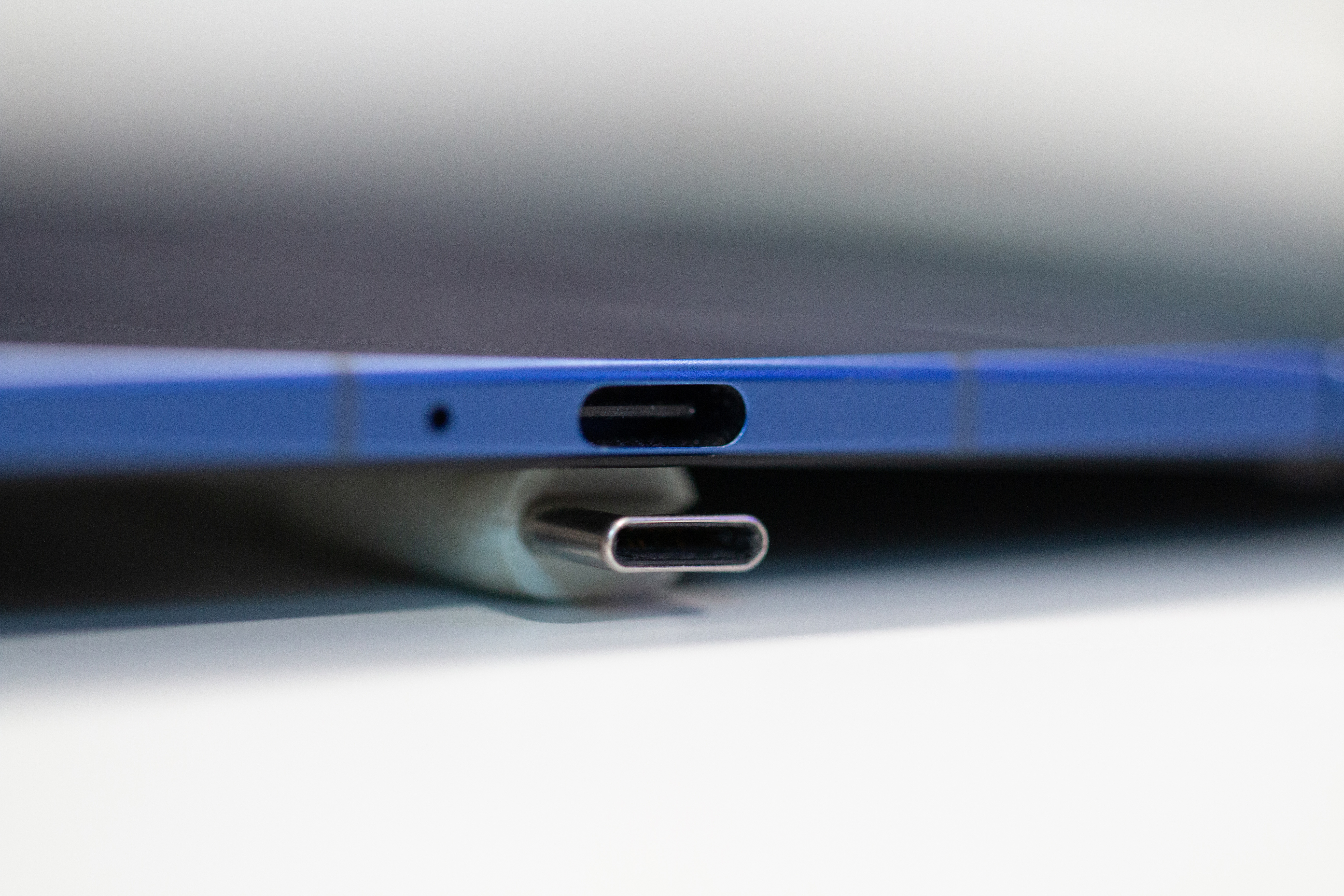
I recently wrote about why my concerns for the Galaxy Z Fold 7’s battery life go beyond Samsung continuing to use the same 4,400mAh again. To sum it up, my issues have nothing to do with how long the battery lasts right now.
At this current moment, yeah, the Galaxy Z Fold 7 meets my expectations of lasting an entire day, even if it’s 20 hours in between charges. But if my re-review of the Galaxy Z Fold 6 is anything to go by, I suspect that to be a very different story in a year, if not sooner.
Ahead of writing this review, I re-ran the Galaxy Z Fold 7 through the same battery tests as I did before. This included adjusting the brightness as high as it could go, and playing a 4K HDR video on the cover screen, noting the battery life at one-hour intervals, then repeating the same test by using the main screen.
|
Screen |
Time |
Battery Percentage |
Difference |
|---|---|---|---|
|
Cover Screen |
10:18 |
94 |
Row 0 – Cell 3 |
| Row 1 – Cell 0 |
11:18 |
77 |
~19% |
| Row 2 – Cell 0 |
12:18 |
58 |
~28% |
|
Main Screen |
12:30 |
56 |
Row 3 – Cell 3 |
| Row 4 – Cell 0 |
1:30 |
29 |
~51% |
| Row 5 – Cell 0 |
2:19 |
5% warning |
Row 5 – Cell 3 |
| Row 6 – Cell 0 |
2:30 |
3% |
~10% |
This one threw me off even more than the first batch of tests, simply because of the 51% battery drop when switching to the main screen. I can’t find an explanation for it, but it’s something I’ll be paying closer attention to.
Samsung Galaxy Z Fold 7: Cameras
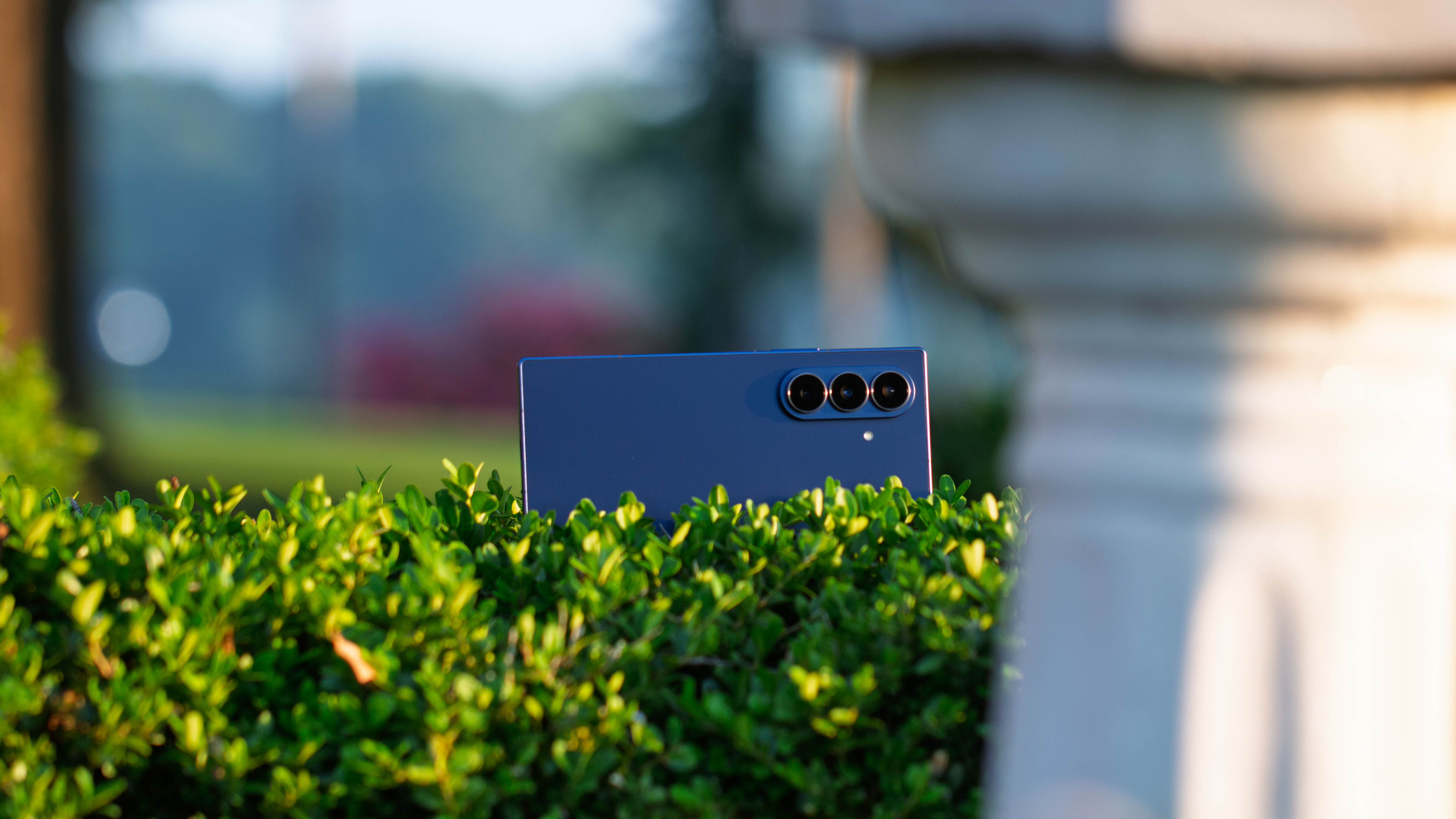
- The Galaxy Z Fold 7 has the best cameras that I’ve used on a foldable phone yet.
- I no longer feel the need to carry a second phone just for pictures.
When it comes to Samsung’s Galaxy Z Fold series, I’ve been just as disappointed with the camera as the battery. That’s not to say that previous models aren’t capable of serving up quality pictures. But they just haven’t been on the same level as phones that cost a fraction of the price.
With the Fold 7, you can just toss that notion out the window. We now finally have a flagship camera in a Galaxy Z Fold device. I’m no longer trying to find excuses to bring my Pixel or iPhone with me when going out, as the Fold 7 is more than adequate.
In some cases, it’s managed to outperform the likes of the iPhone 16 Pro Max and Galaxy S25 Ultra. At the same time, the Galaxy Z Fold 7 wipes the floor with its predecessor, and produces better pictures than the Pixel 9 Pro Fold, more often than not.
There was once a time when I thought Samsung would never do something like this, but I couldn’t be happier that I’ve been proven wrong.
Samsung Galaxy Z Fold 7: Software
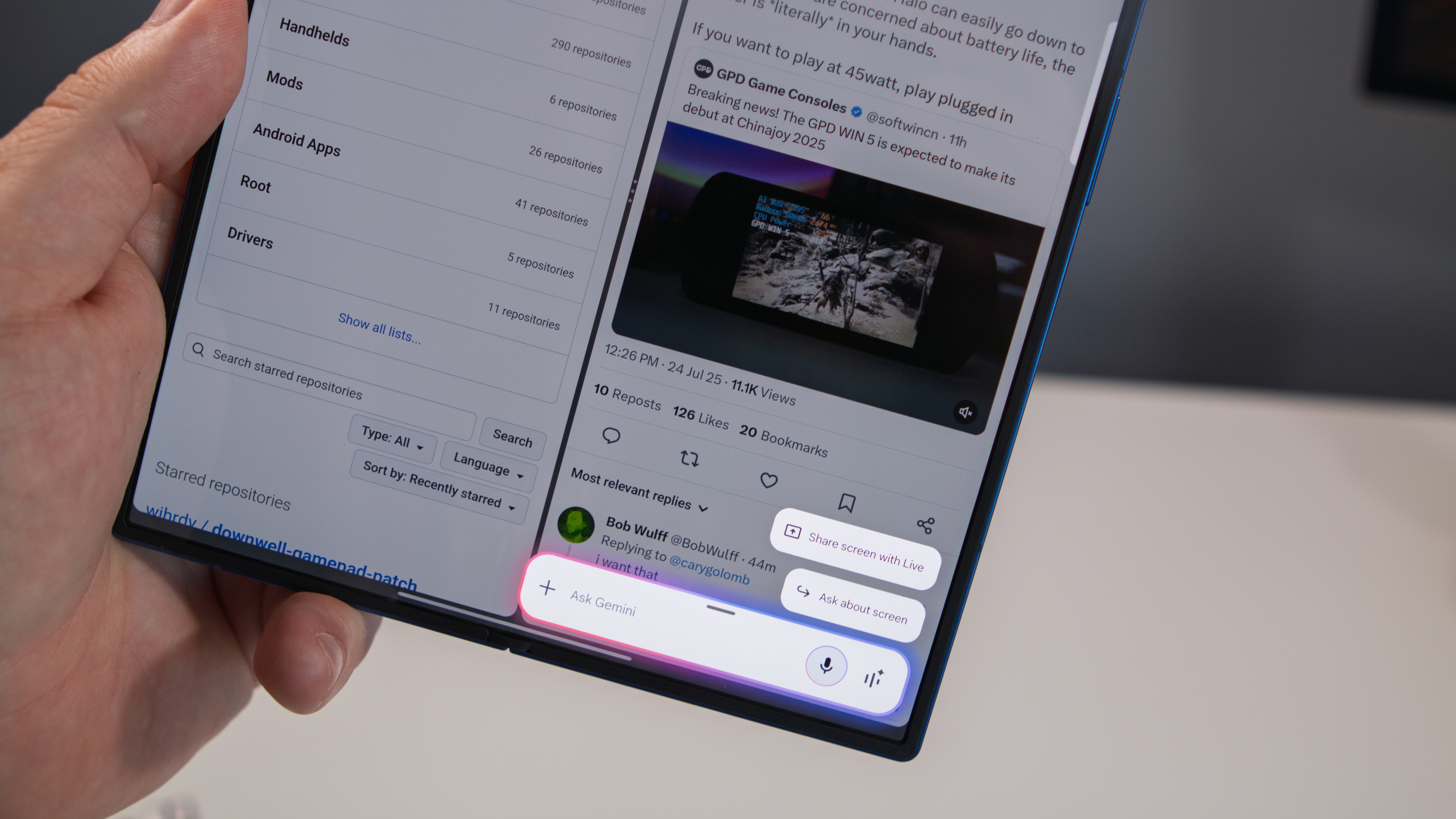
- There aren’t very many “new” features in One UI 8, but the Fold 7 does get a couple of exclusives.
- Despite the “kitchen sink” approach, Samsung still decided to get rid of “Classic DeX” mode.
- What remains is a hybrid tablet/desktop-like interface that is similar to what Google announced at I/O 2025.
In regards to software, you have Samsung’s patented “kitchen sink” approach, minus the S Pen. But with One UI 8 and Android 16, Samsung and Google introduced a couple of changes, and yes, they’re AI-driven.
For one, Now Brief makes its way to the Galaxy Z Fold 7 after debuting on the Galaxy S25 series earlier this year. Surprisingly, I’ve found that I’m just not using it anywhere near as much as I was before.
Much of that can probably just be chalked up to already knowing what it offers. Which ultimately isn’t much different than if I were using the S25 Ultra.
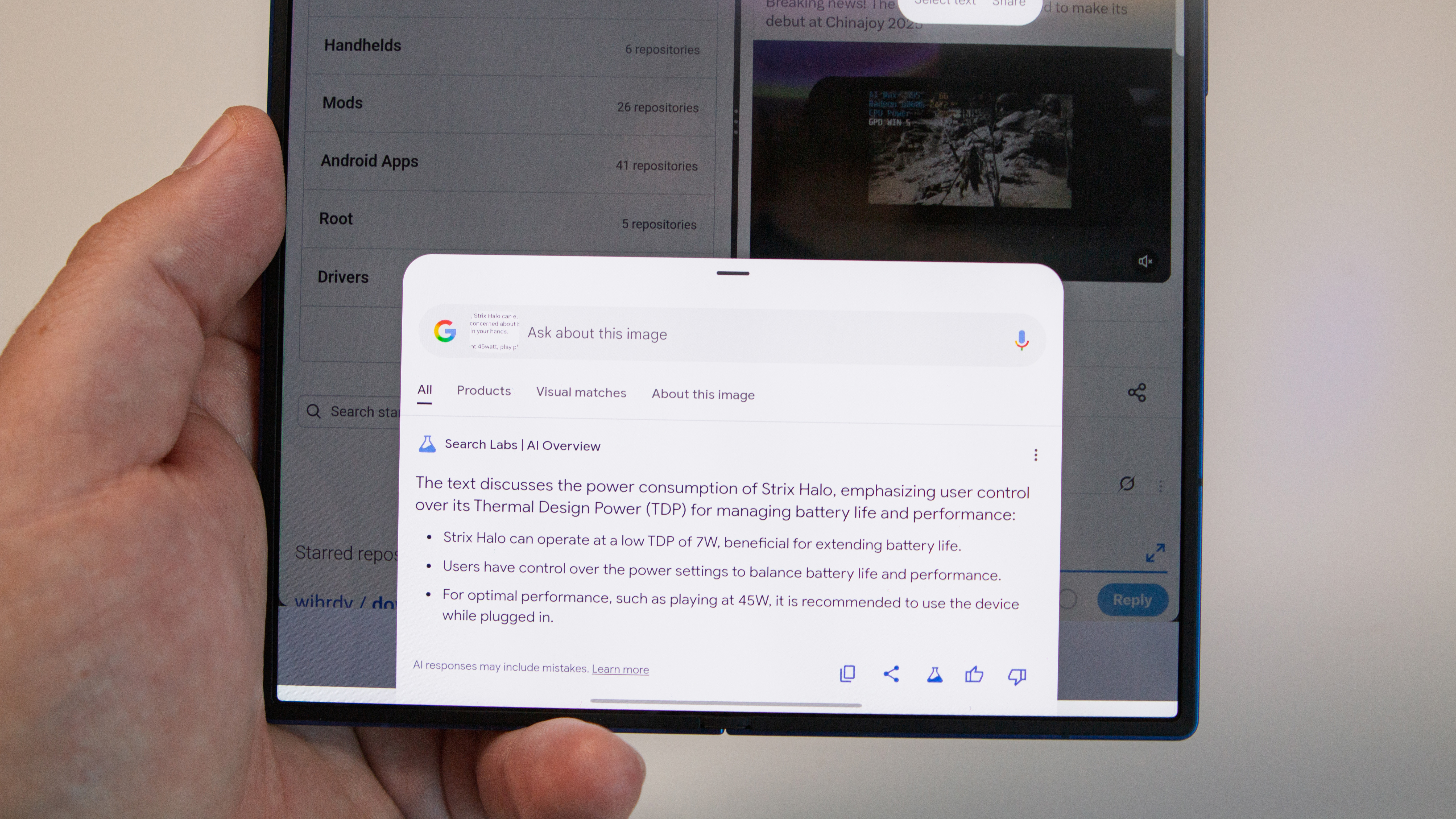
The other nifty change has been an optimized interface for Gemini when using the primary display. When activated, the search bar appears in the bottom left corner, keeping it mostly out of the way, which has been nice whenever I remember to actually use it.
Besides that, the One UI 8 experience is about as ho-hum as it gets. However, there is one particular change that is maddening — Classic Samsung DeX is gone. In its place, we have the “New DeX” that was introduced a couple of years ago, providing a more simplistic and less desktop-like experience.
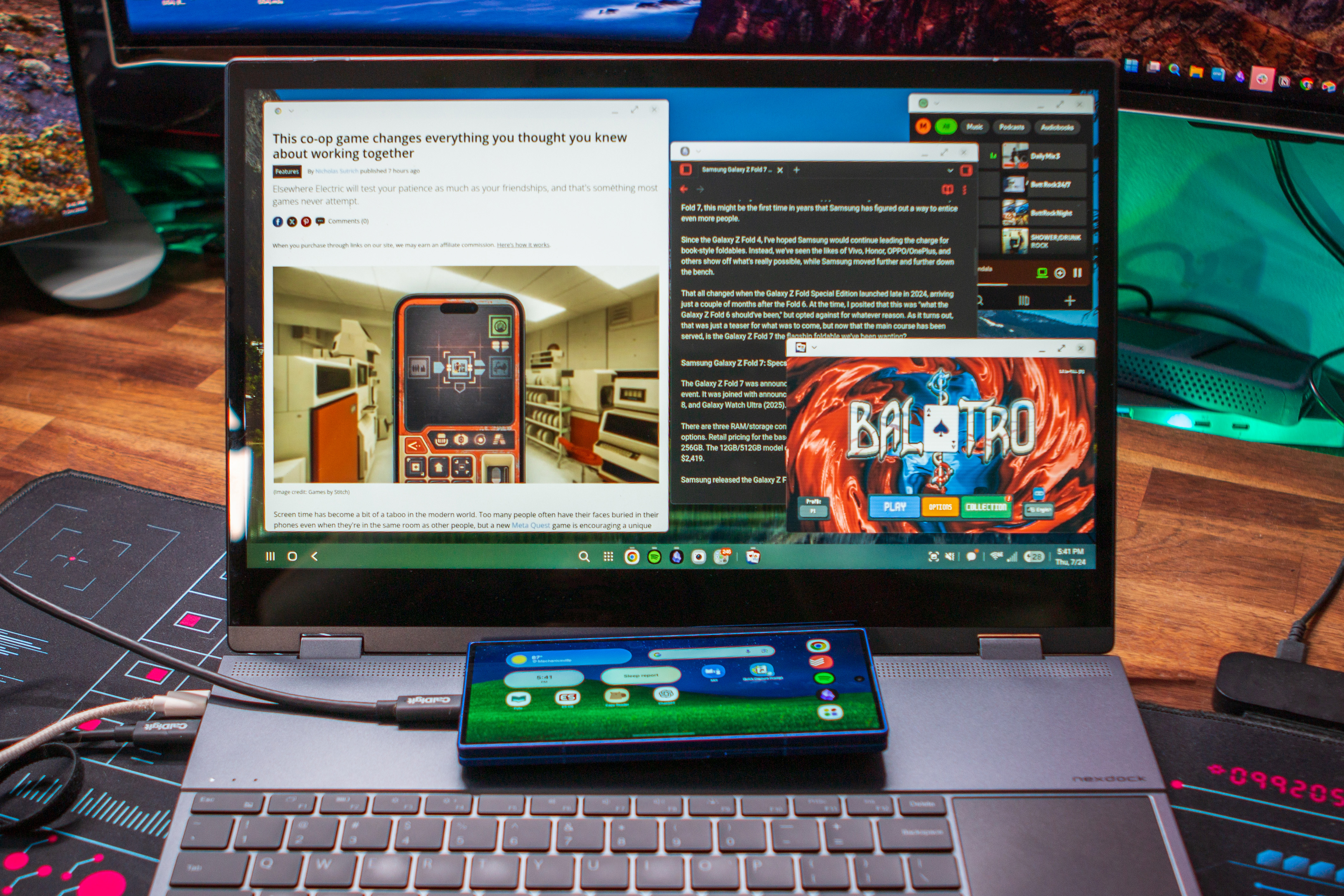
Functionally, DeX works just fine, but I wish Samsung would’ve just left well-enough alone. If I’m using the Galaxy Z Fold 7 with a NexDock, it’s probably because I’m trying to get some work done, where a desktop experience is better suited. And while this “New DeX” makes sense as the default layout on the Galaxy Tab, it’s not like you can access it on the Fold 7 without an external display.
I’m sure it was done to align with Google’s forthcoming addition of Desktop Mode for Pixel phones, which debuted at I/O 2025 and is slated to arrive with Android 16 QPR1 later this year. But for as many of the other trivial or nonsensical features that are packed into One UI already, why couldn’t Samsung just leave it alone.
Samsung Galaxy Z Fold 7: The competition
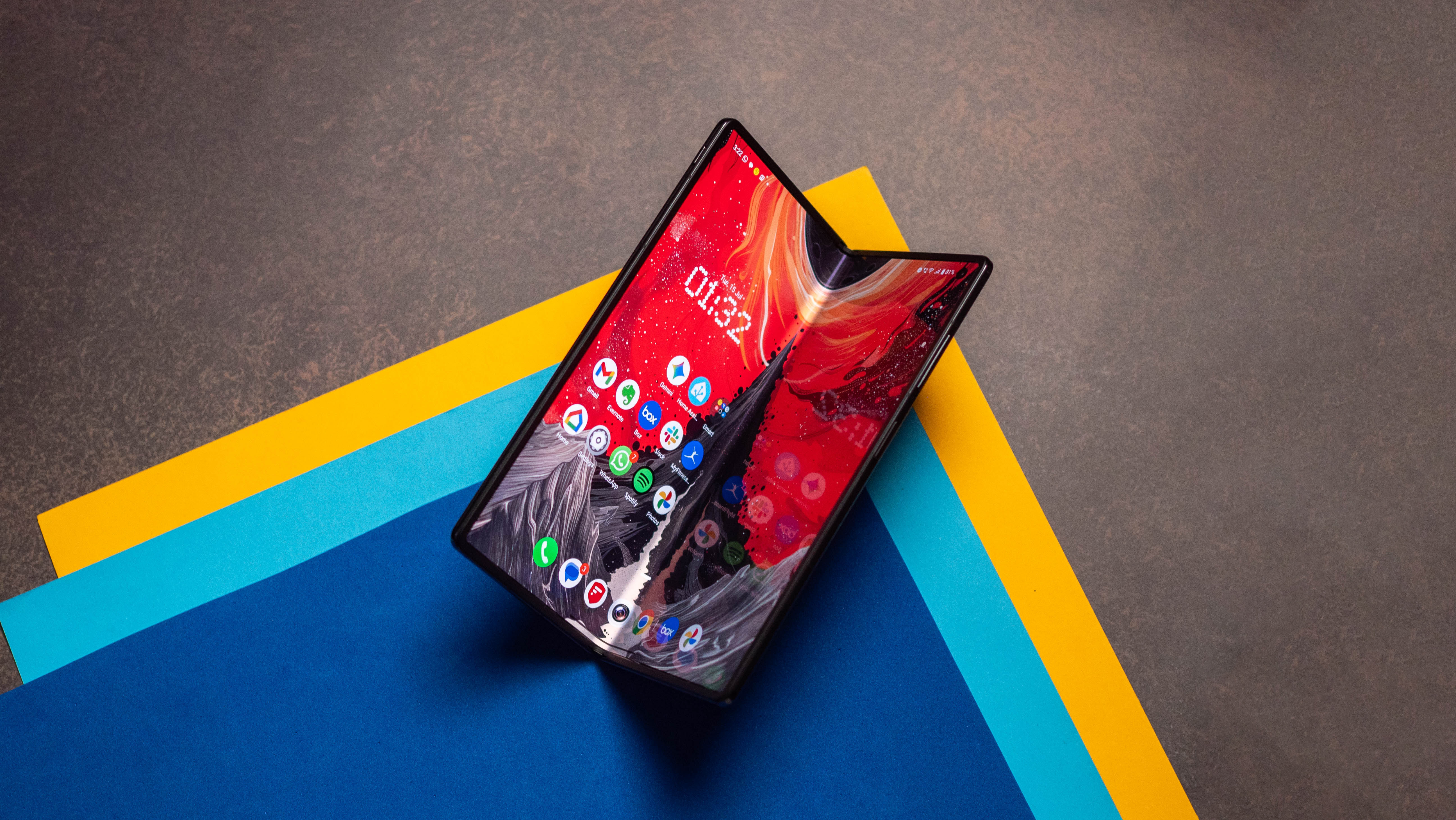
Here in North America, the only competition to the Galaxy Z Fold 7 is Google’s Pixel 9 Pro Fold, and that will remain the case for a little while longer. However, Google recently announced its Made by Google event for August 16, where it’s expected to unveil the Pixel 10 Pro Fold, along with other new devices. The rumors and leaks suggest a more modest upgrade this time around, meaning that Samsung probably doesn’t have too much to worry about.
When we broaden the spectrum to beyond the confines of the U.S., it’s a very different story. Vivo’s X Fold 5 recently launched in select countries, bringing with it a design that’s almost just as slim as the Fold 7. And despite using last year’s chip, the X Fold 5 beats out the Fold 7 with battery life, and a camera system that’s described as being “the best cameras of any foldable right now.”
Then, there’s the OPPO Find N5, which was launched shortly after the Galaxy S25 Ultra back in February. This is the highly-anticipated successor to the Find N3 from 2023, which, alongside the OnePlus Open, set a new standard for many foldable phones. While we didn’t see the Open 2, the Find N5 remains one of the best phones of the year, and not just in the foldable market.
Samsung Galaxy Z Fold 7: Should You Buy it?
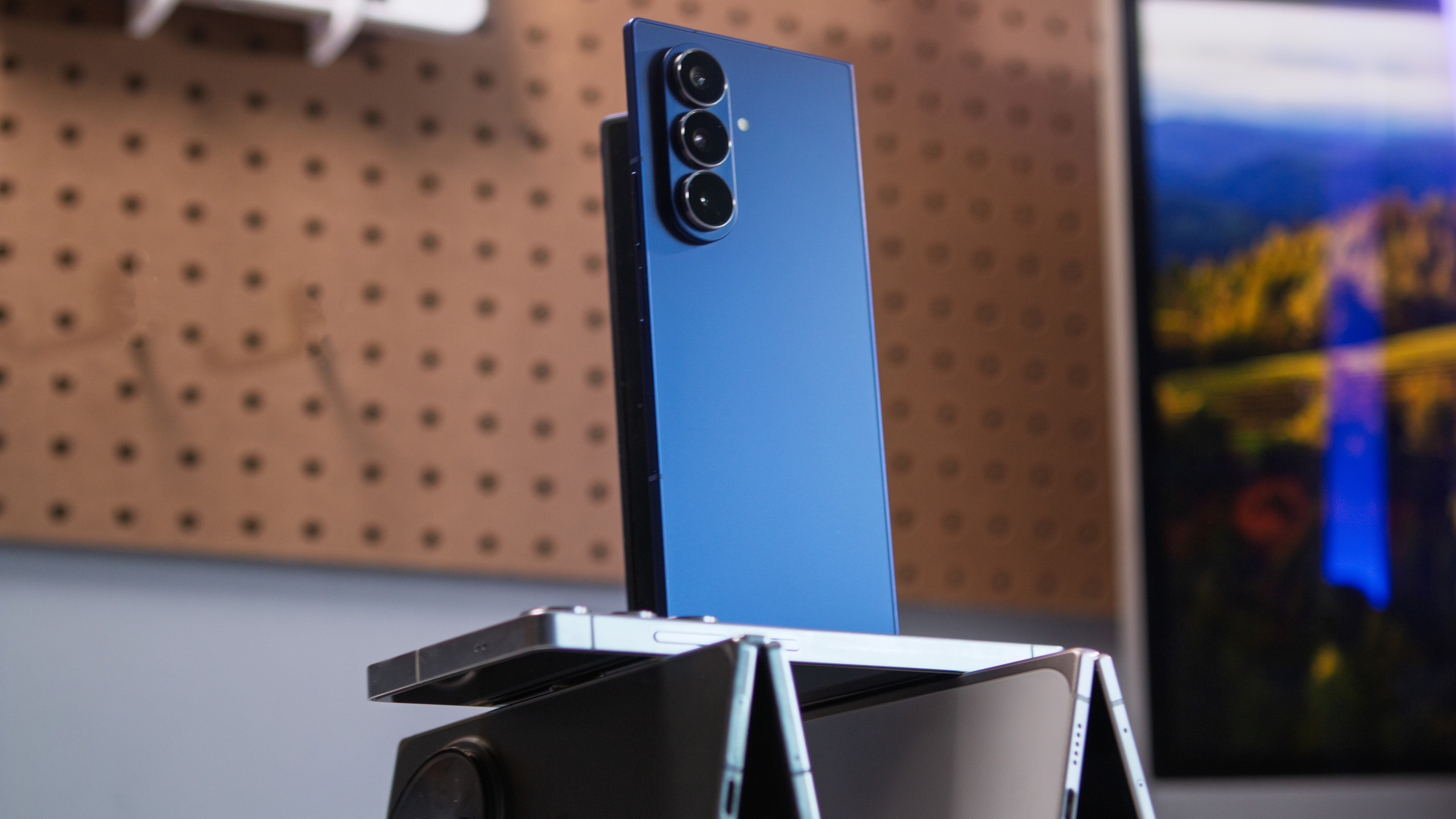
You should buy this if:
- You want the thinnest foldable phone
- You’re upgrading from any previous Galaxy Z Fold, including last year’s model
- You want the best foldable phone in North America (for now)
You shouldn’t buy this if:
- You’re on a budget
- You rely on the S Pen
- You want a phone with a bigger battery
Despite the annoyances and concerns, the Galaxy Z Fold 7 is the first Samsung foldable that I would wholly recommend to anyone who asks. It offers essentially the same software and AI features as the Galaxy S25 Ultra, while also sharing the same 200MP main wide-angle camera. Plus, I still can’t get over just how thin the Fold 7 actually is. I know I’m a bit jaded to the limited competition, but still. It’s crazy.
That being said, it’s not going to come cheap, as the upgrades result in another price jump, with the base model coming in at $1,999. If you missed out on pre-orders and don’t need to upgrade right now, I’d hold off a bit longer and see what kind of sales and promotions happen over the next month or so. I suspect we’ll see some increased values on device trade-ins, especially as we get closer to the Pixel 10 Pro Fold launch.
Nevertheless, Samsung made a foldable that’s sleek, modern, and functional; a combination that it hasn’t achieved in years.
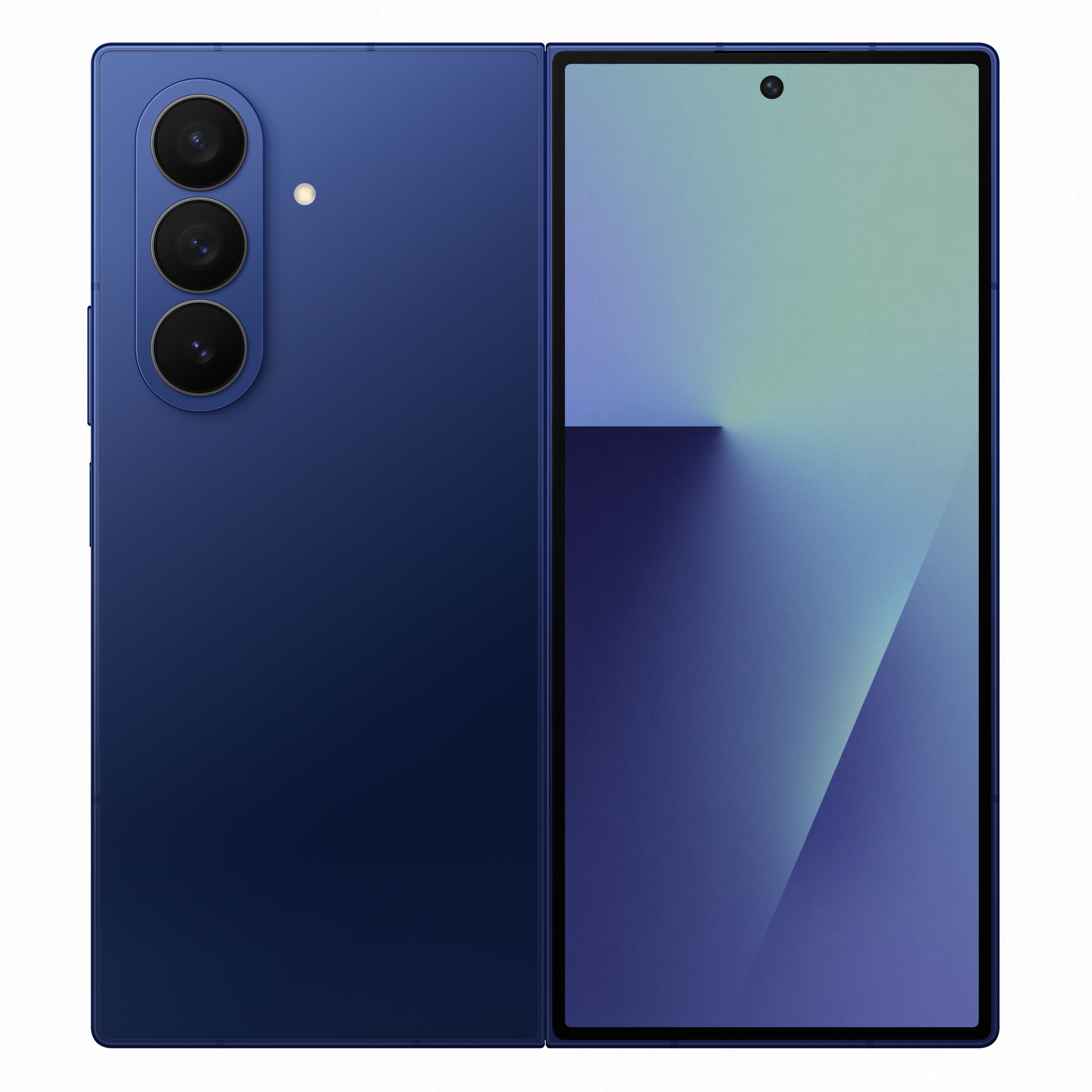
What do you get when you combine Samsung’s software prowess with a modern design? The most enticing foldable phone to-date.
Source link


